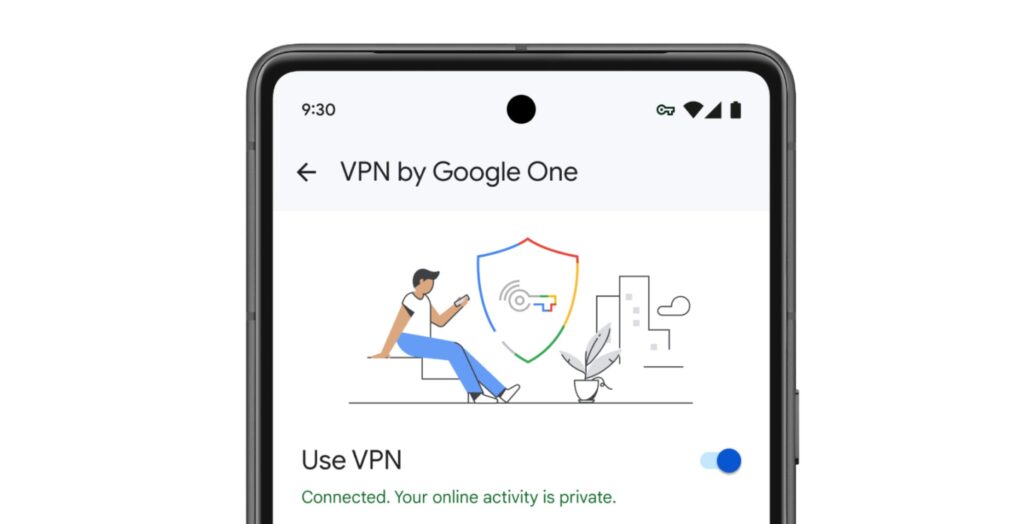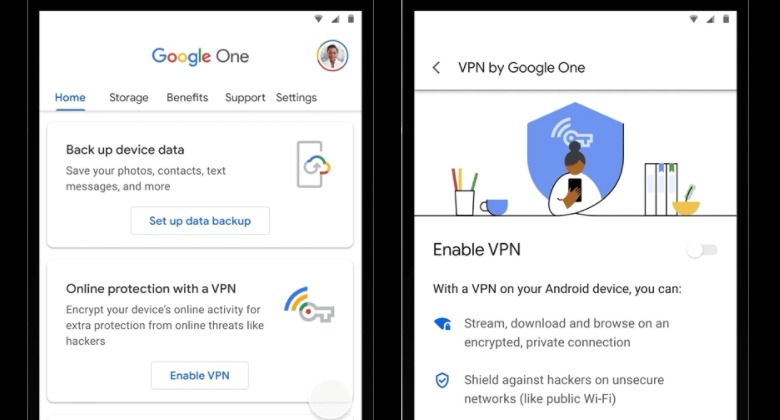This new “VPN by Google” service seems to represent an evolution in Google’s approach to offering VPN services to its users. The company has previously provided a free VPN through Google One, but this new service appears to be a more integrated, Pixel-specific offering.
The shift to a built-in VPN that’s seamlessly integrated into the Pixel experience could make the service more accessible and user-friendly for Pixel owners. The removal of the persistent notification when the VPN is active, as mentioned in the article, is a good example of how this integration can improve the user experience.

Rollout and Availability
It’s interesting to note that the initial rollout of “VPN by Google” is focused on the latest Pixel devices – the Pixel 7, 7a, and Pixel Fold. This suggests that Google may be using its newest hardware as a testbed for the service before potentially expanding it to other devices.
The mention that the service could become available on other devices later this year is also noteworthy. It raises questions about whether “VPN by Google” will remain a Pixel-exclusive feature or if Google has plans to bring it to a wider range of Android devices in the future.
Subscription Model
The article’s indication that “VPN by Google” will likely be part of a paid subscription service is another point of interest. This would mark a departure from the previous free VPN offering through Google One.
Moving to a subscription model could allow Google to invest more resources into the development and maintenance of the VPN service, potentially leading to improved performance, features, and security. However, it also means that users will have to weigh the cost of the subscription against the benefits of using the VPN.
Compatibility and Requirements
One positive aspect highlighted in the article is that the update containing “VPN by Google” can be installed even if the user’s device is not on the latest Android version (QPR3). This suggests that Google is aiming to make the service widely accessible to Pixel users, regardless of whether they’re on the cutting edge of Android updates.
However, it would be helpful to know more about the specific compatibility requirements for “VPN by Google.” For example, is there a minimum Android version required? Are there any hardware limitations beyond the Pixel 7, 7a, and Fold?
Looking Forward
Overall, the introduction of “VPN by Google” for Pixel phones represents an interesting development in Google’s approach to user privacy and security. As more details emerge about the service’s features, performance, and pricing, it will be easier to assess its potential impact and value for Pixel users.
Some key questions to watch for in future coverage include:
- What specific features and security measures will “VPN by Google” offer?
- How will the pricing and subscription model be structured?
- Will Google expand the service to other Android devices, and if so, on what timeline?
- How will “VPN by Google” compare to other popular VPN services in terms of performance, privacy, and user experience?
As always, I’d be happy to discuss any additional details or developments related to this topic as more information becomes available.










Add Comment